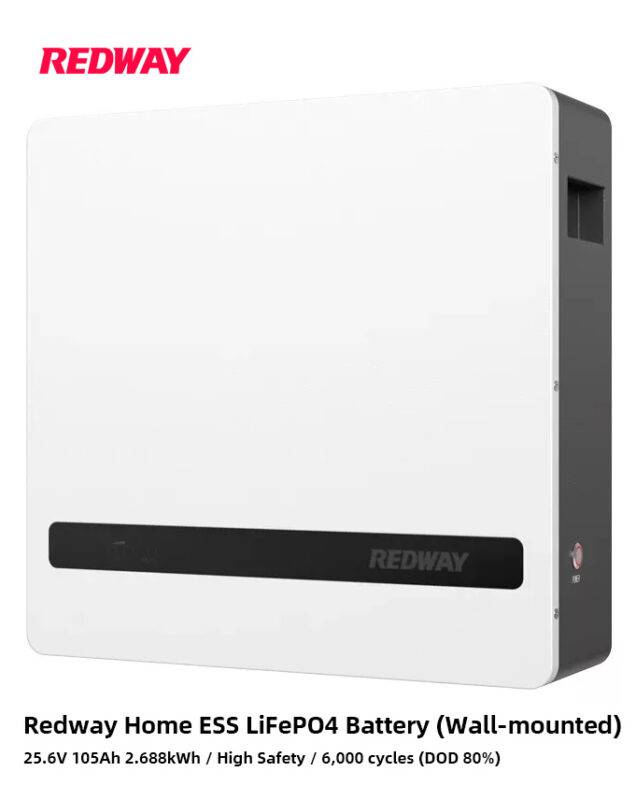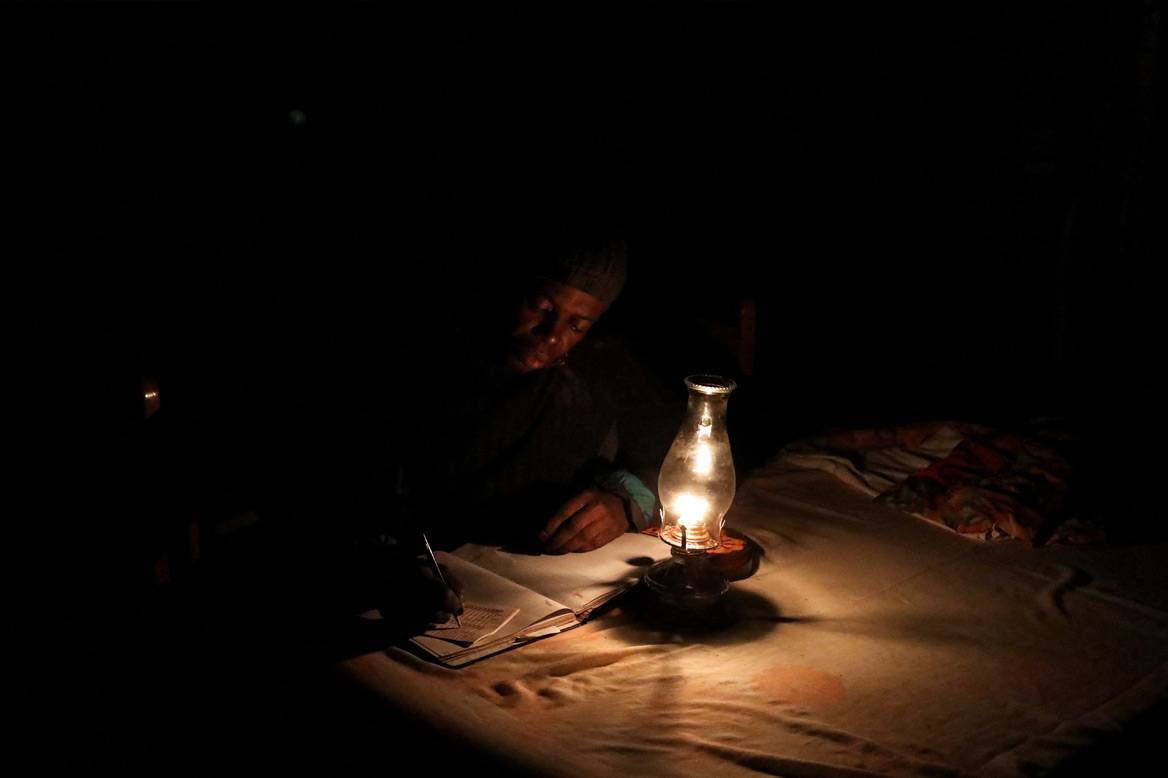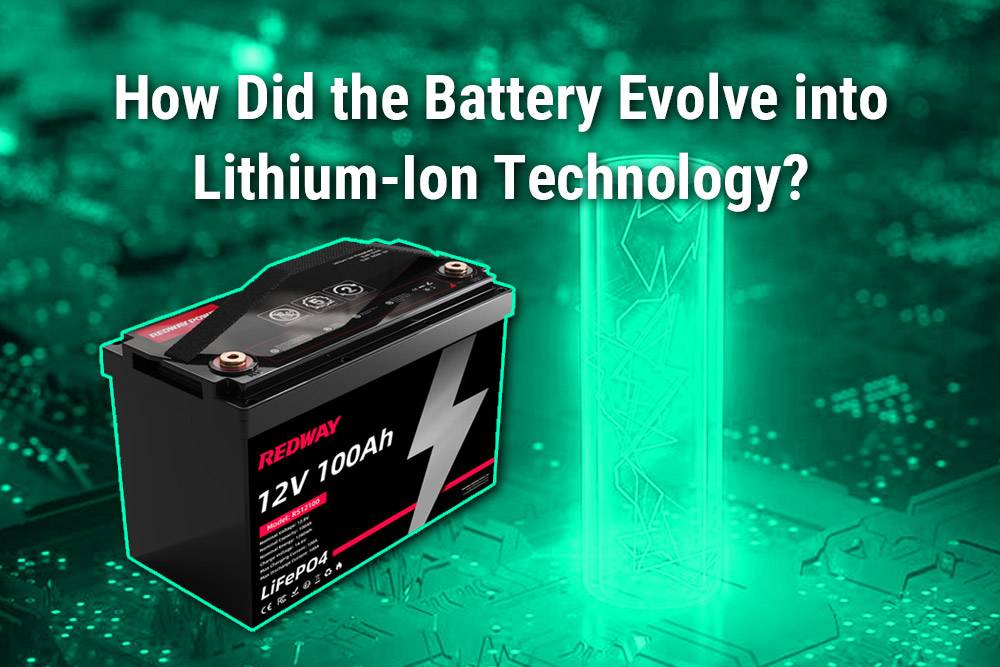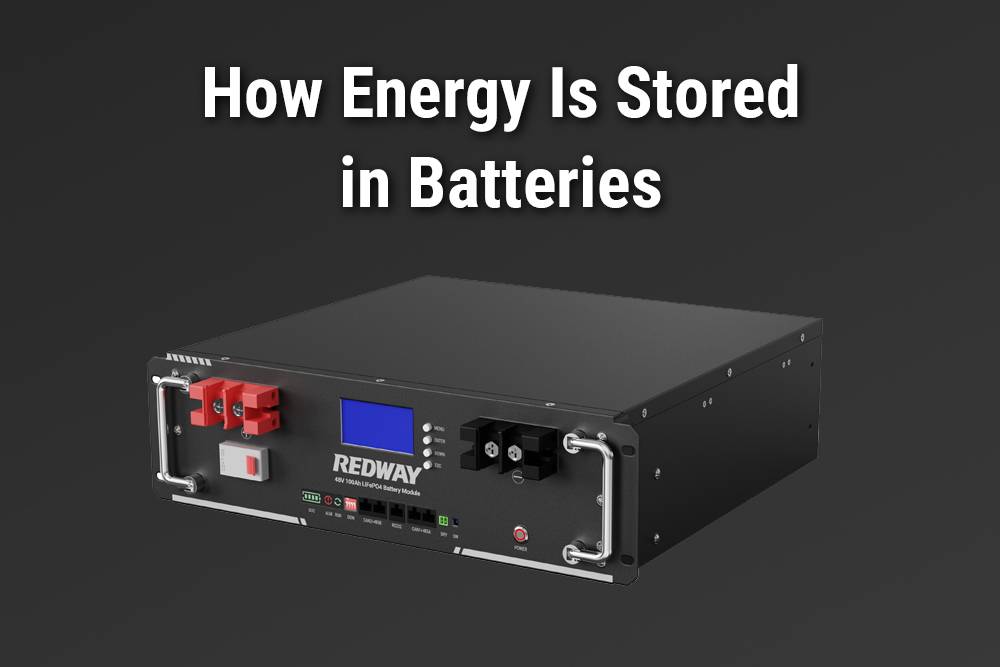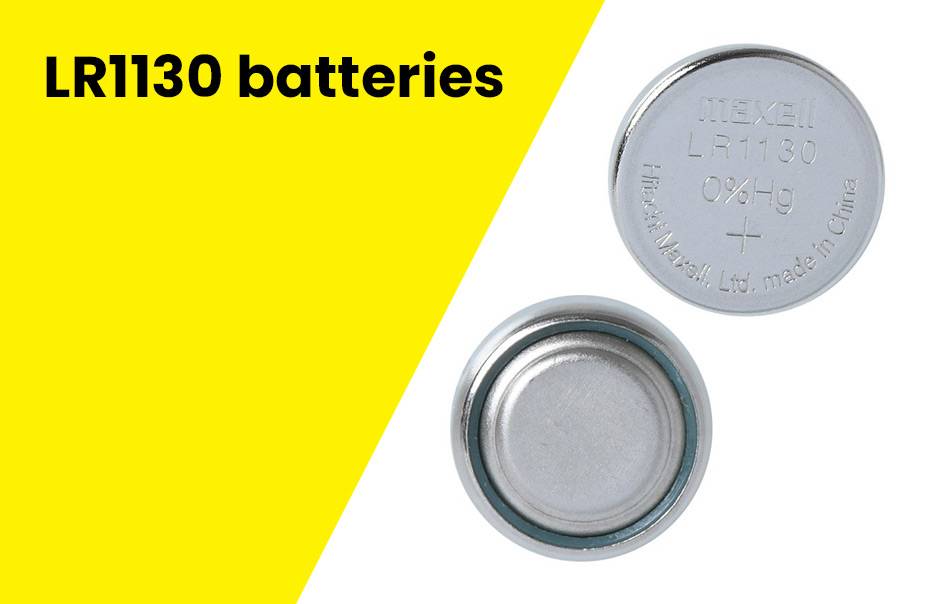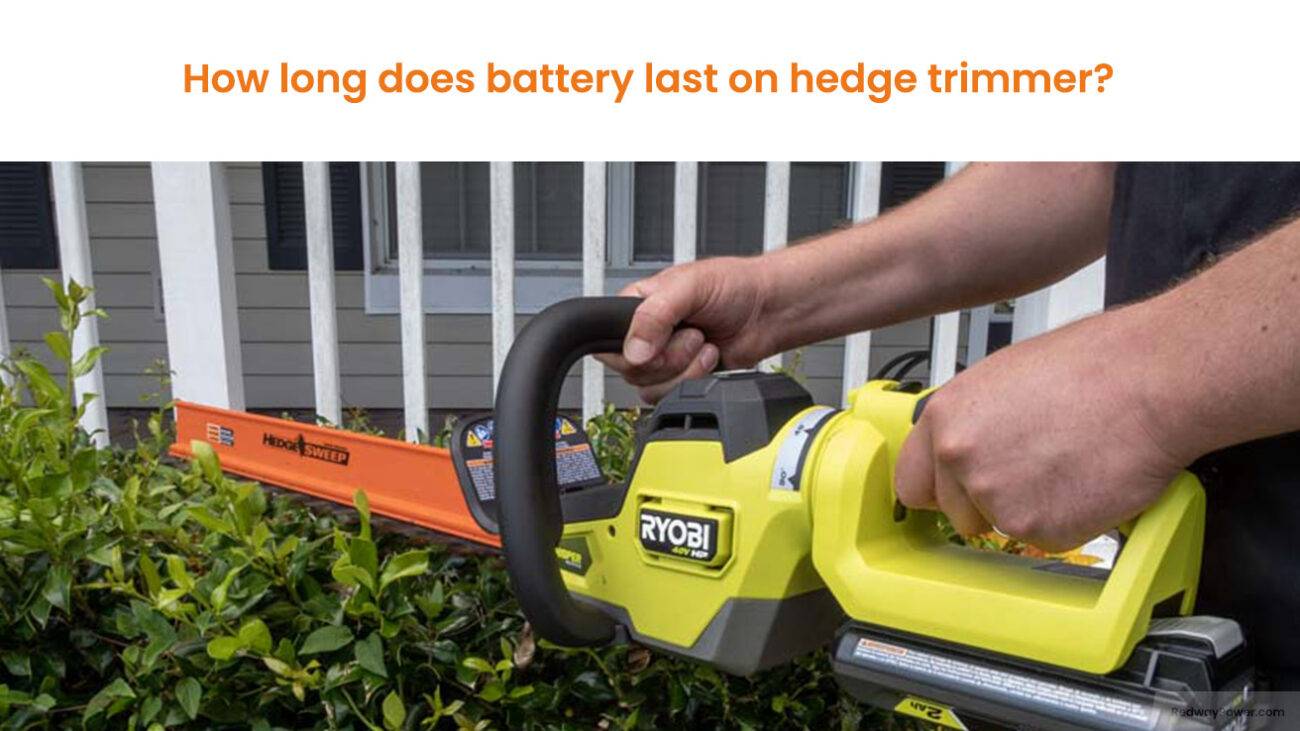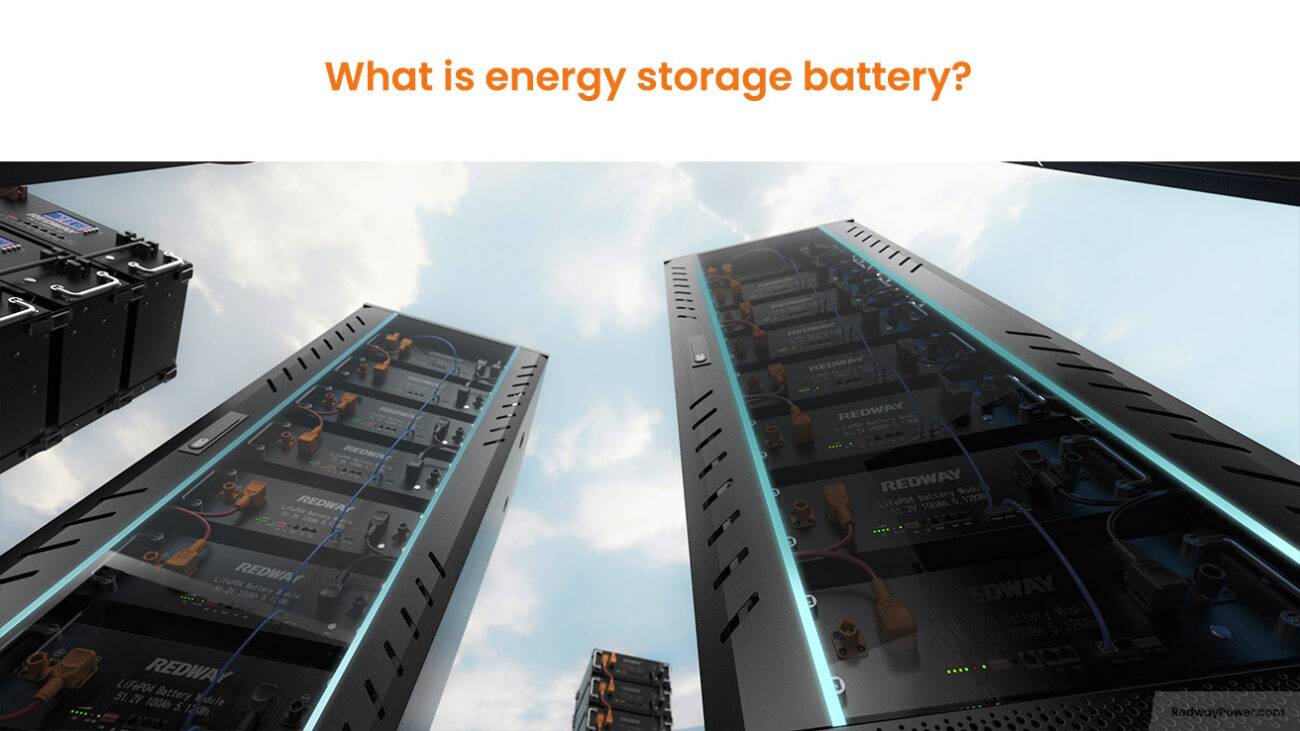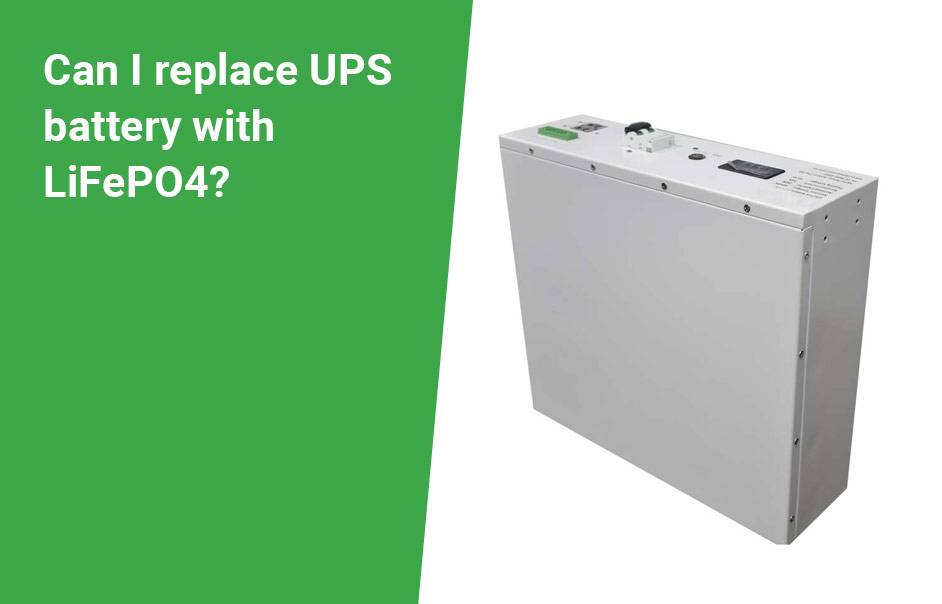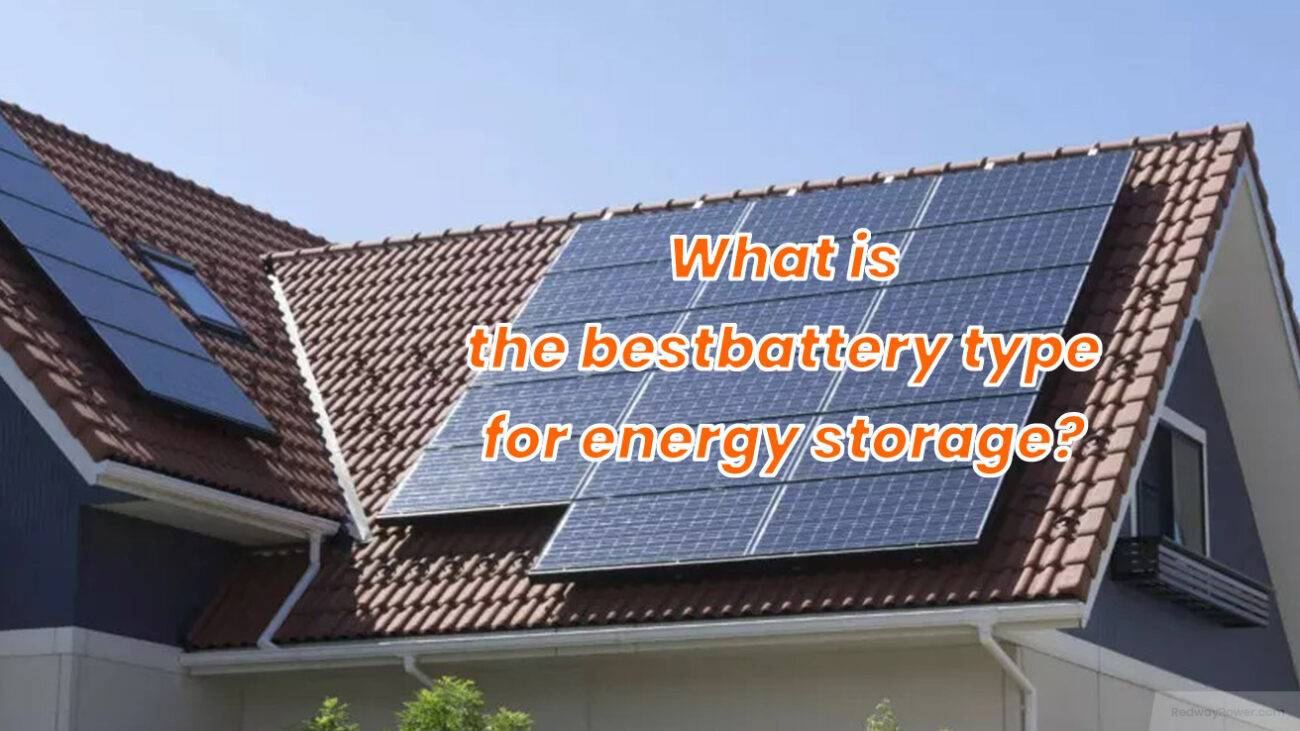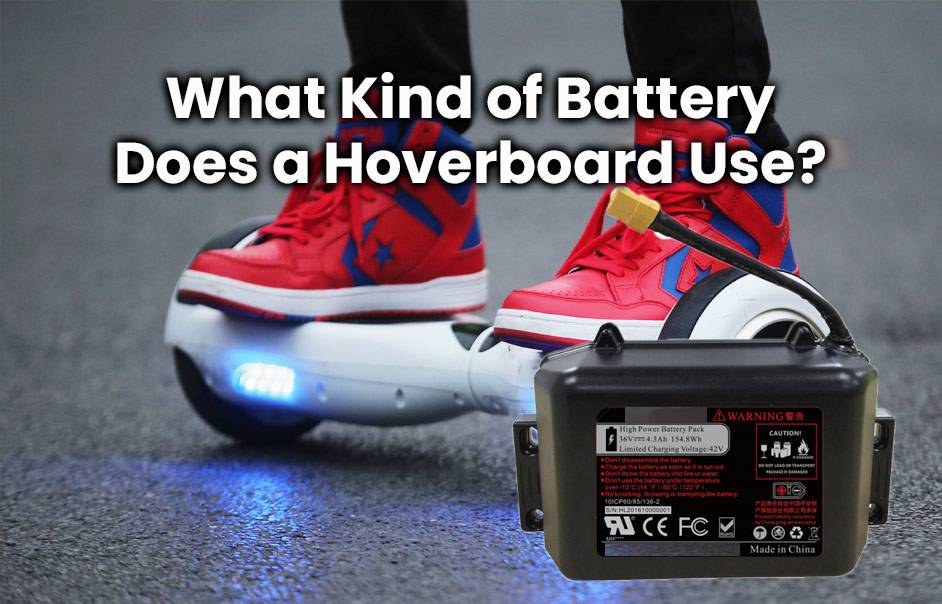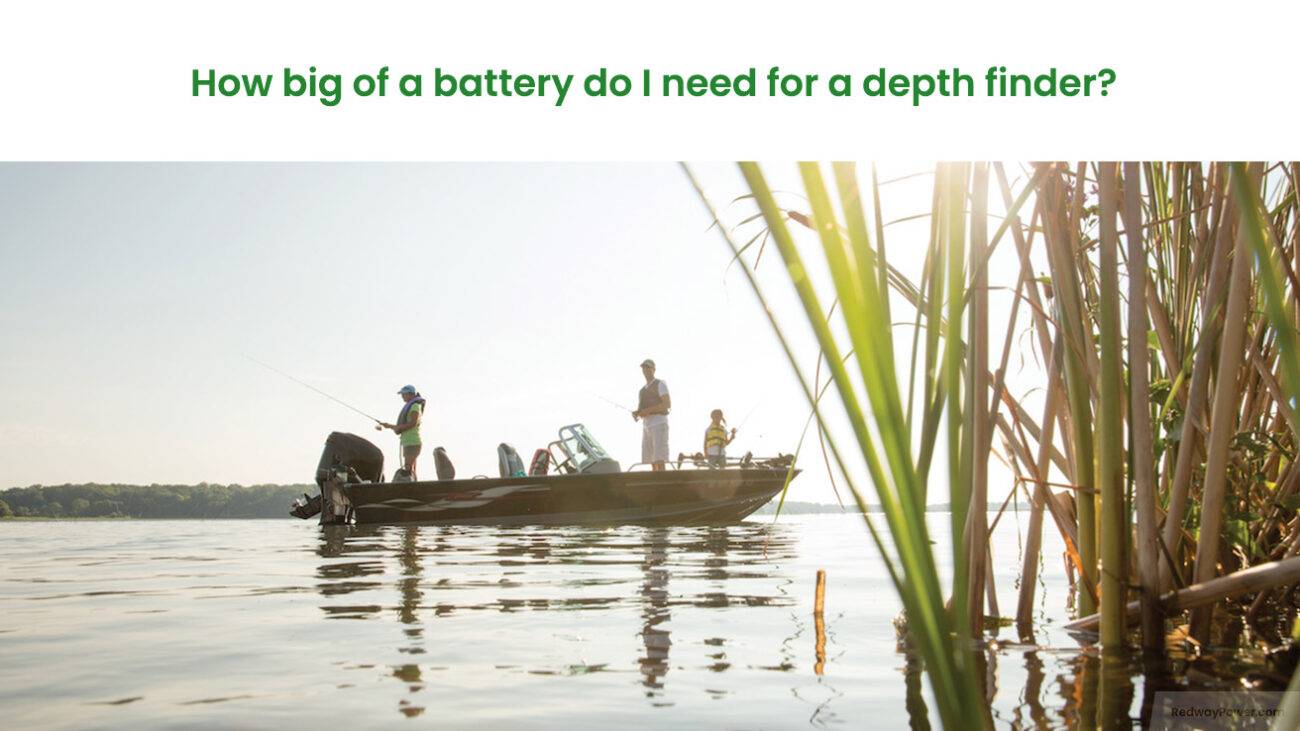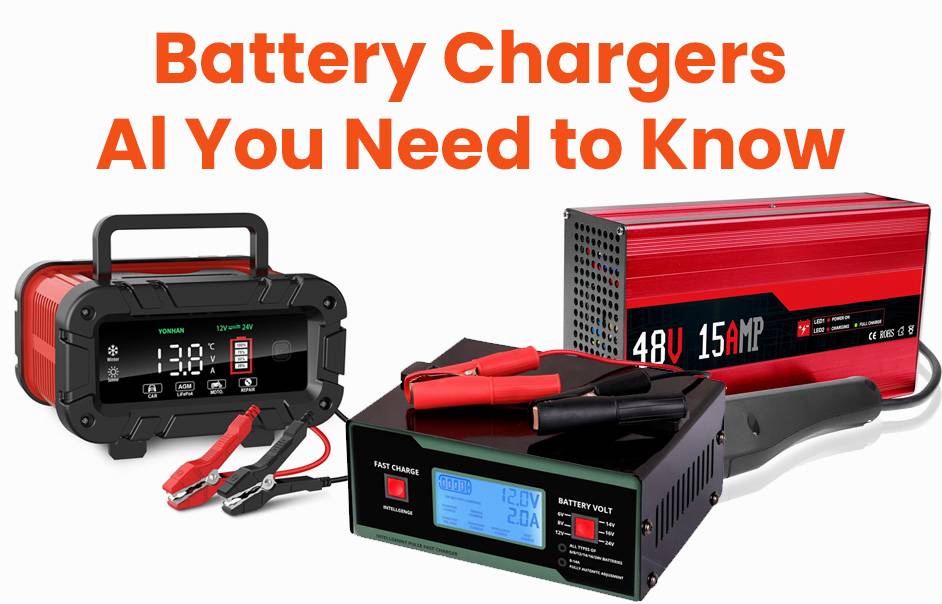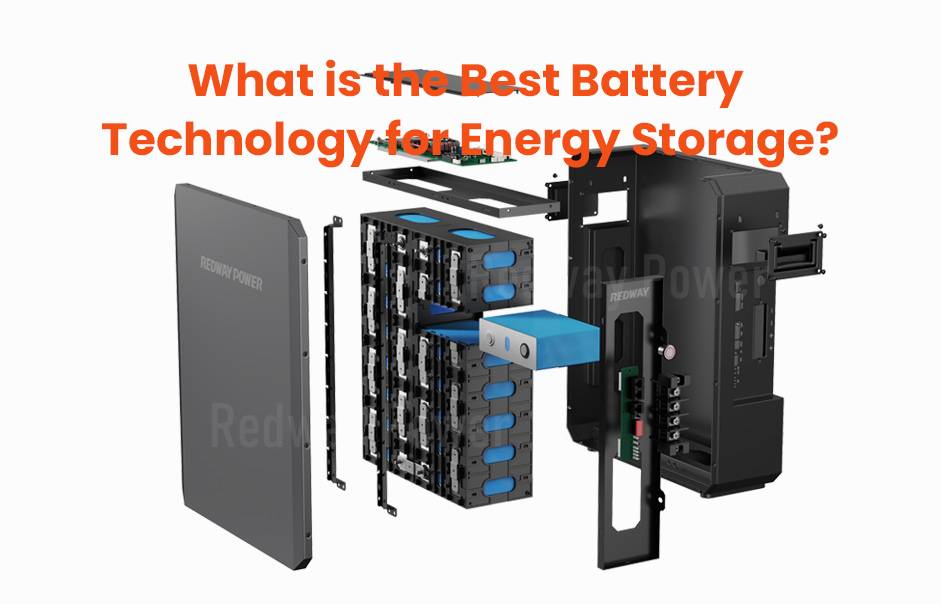South Africa Passes 200 Days of Power Cuts 2022. Power shortages are the norm in South Africa.
1. Component Selection: Choose an appropriate inverter to convert the stored DC energy into the AC energy required for the household. You will also need to select a charging controller and choose the suitable charging source based on your needs and resources, such as solar panels, or the grid (When there is no power failure, electrical energy can be stored).
2. Installation and Wiring: Install and connect the battery bank, inverter, charging controller, and other relevant components according to the design and plan of the HESS system. Ensure compliance with safety standards and electrical regulations.
3. BMS and Monitoring System: Install a Battery Management System (BMS) to monitor and manage the status of the battery bank. The BMS will monitor parameters such as voltage, current, temperature, and protect the battery from overcharging or over-discharging. Additionally, install a monitoring system to track and record the performance and status of the HESS system in real-time.
4. Usage and Maintenance: Once the HESS system is installed, you can start using it to meet your household’s energy needs. Regularly maintain the system by checking the battery status, cleaning terminals, inspecting and cleaning components, and ensuring the proper functioning of the BMS and other systems.
Please note that the energy storage requirements and HESS system design may vary for each household. Therefore, it is recommended to consult professionals or qualified installation engineers for personalized design and advice tailored to your specific household needs.
